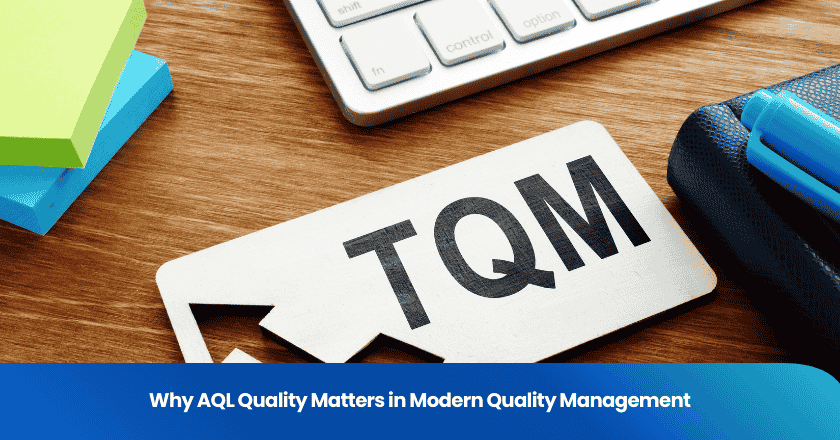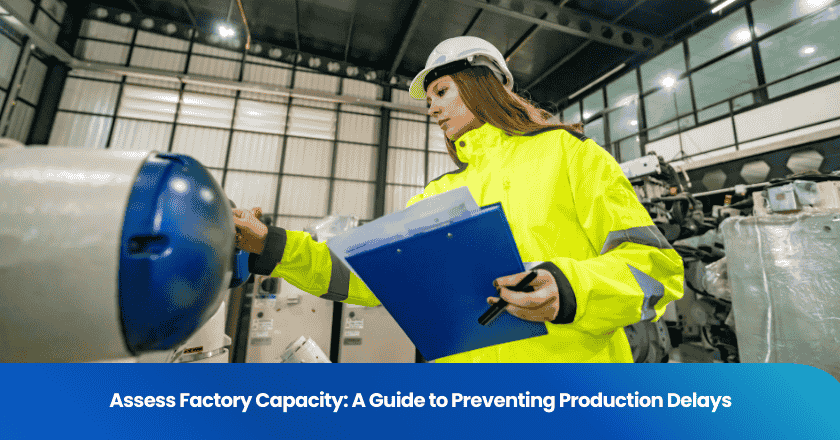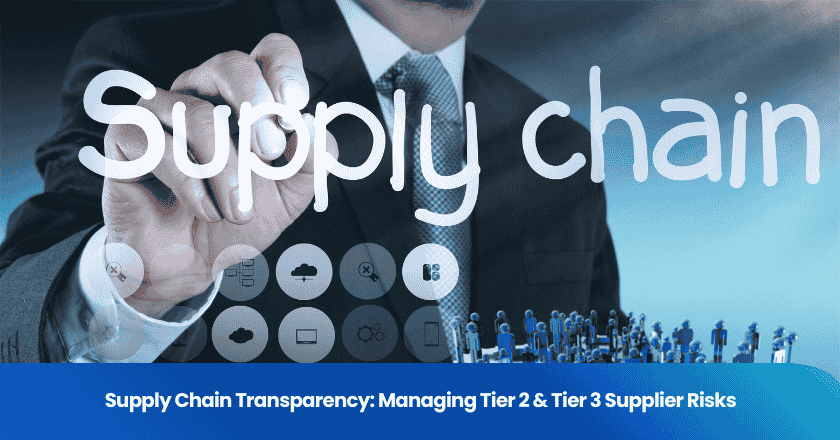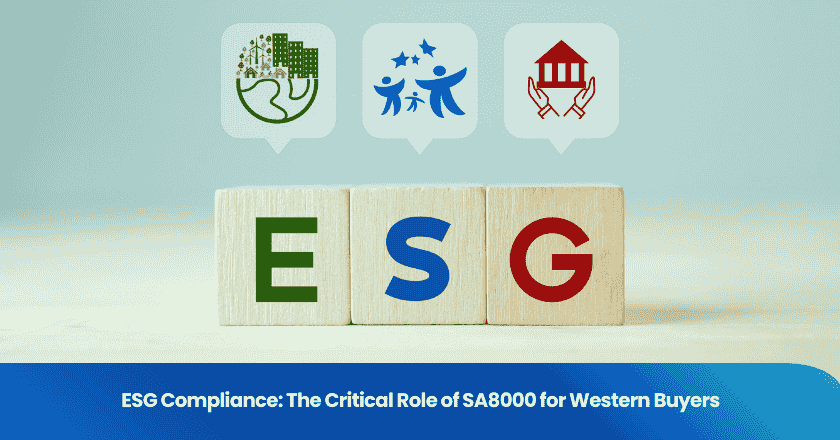
AQL quality shapes how you deliver reliable products and manage risks in a fast-changing market. You need an acceptable quality level to set clear standards, reduce errors, and build trust.
- As businesses grow and AI applications scale, reliability becomes essential for customer trust.
- Poor quality raises business risks and lowers efficiency.
- Human-in-the-loop evaluation helps maintain quality and trust in critical processes.
AQL gives you a practical way to measure and control quality, supporting strong business performance.
Key Takeaways
- AQL defines the maximum number of defects allowed in a batch, helping businesses balance quality and inspection costs.
- Using AQL standards ensures consistent product quality, leading to higher customer satisfaction and fewer defects in the market.
- Implementing AQL sampling reduces inspection costs and time, allowing businesses to focus resources on critical quality control areas.
- AQL helps mitigate risks by identifying defective items early, protecting brand reputation and minimizing costly recalls.
- Regular training on AQL procedures enhances team understanding and compliance, ensuring high-quality standards in production.
What is Acceptable Quality Level
AQL Definition
You often hear about aql in quality control, but what does it mean for your business? The acceptable quality level is the maximum number of defective items you can allow in a batch for it to pass inspection. You set this level based on your product type and how much risk you can accept. For example, if you work with medical supplies, you might choose a lower aql to ensure safety. If you handle non-critical goods, a higher aql might work for you. This approach helps you balance product quality with inspection costs.
Tip: You can use aql tables to quickly decide if a batch meets your standards or needs further review.
Acceptance Quality Limit
The acceptance quality limit plays a key role in your inspection process. It tells you when to accept or reject a batch. Global standards organizations use clear rules for this. For example:
| Context | Accept | Reject |
|---|---|---|
| Process validation | Validation successful, process approved | Validation failed, process not approved |
| Production of products | Lot/series is approved | Lot/series is blocked |
You use these guidelines to make decisions that protect your business and your customers. When you follow an aql guideline, you know exactly where to draw the line between acceptable and unacceptable quality.
AQL Standards
You rely on aql standards to keep your inspections fair and consistent. The most recognized standards include ISO 2859-1 and military standards. These standards give you clear sampling plans and help you apply aql in different industries.
| AQL Standard | Description |
|---|---|
| ISO 2859-1 | Provides guidelines for sampling plans in inspections, widely recognized in various industries |
| Military Standards | Developed during World War II to ensure reliability of manufactured goods, evolved into aql |
You can choose different aql levels based on your needs:
- AQL 1.0%: Best for products with low-risk tolerance, such as medical supplies.
- AQL 2.5%: Standard for general consumer products.
- AQL 4.0%: Used for non-critical products where minor defects are acceptable.
By following these aql standards and using aql tables, you make sure your quality control process stays strong and reliable.
AQL Quality in Modern Management
Consistent Product Quality
You want every product to meet your standards, no matter how large your operation grows. AQL quality gives you a reliable way to achieve this goal. By using aql tables and standardized processes, you can minimize variations and ensure that each item matches your acceptable quality level. This approach helps you spot defective items early, so you can address problems before they reach your customers.
- AQL quality ensures product consistency by setting clear inspection rules.
- You enhance customer satisfaction because fewer defective items reach the market.
- Early detection of issues reduces waste and saves money.
- Compliance with regulations becomes easier when you follow aql standards.
When you use aql in your quality control, you build trust with your customers and regulators. Consistent product inspection means fewer surprises and more reliable results.
Cost Efficiency
Managing costs is a top priority in any production environment. AQL quality helps you balance inspection costs with the risk of defective items. Instead of checking every single product, you use random sampling and aql level setting to decide how many items to inspect. This method saves time and resources while still protecting your business from quality issues.
| Inspection Level | Defect Detection Accuracy | Inspection Cost | Time Required |
|---|---|---|---|
| Higher | Improved | Increased | Increased |
| Lower | Reduced | Decreased | Decreased |
You can see that stricter inspections catch more defective items but also raise costs. AQL standards help you find the right balance. By analyzing data throughout the production cycle, you can identify bottlenecks and improve efficiency. The aql chart helps you set sample sizes and acceptable defect thresholds, so you use your resources wisely.
- AQL standards guide you in accepting or rejecting materials.
- Random sampling is more cost-effective than inspecting every item.
- Data-driven strategies let you adjust inspection protocols for consistent suppliers.
- Automating routine tasks lowers labor costs and boosts productivity.
- Conducting product inspection on the production floor saves money and improves quality.
Risk Reduction
You face many risks in modern manufacturing, from product recalls to warranty claims. AQL quality reduces these risks by catching defective items before they leave the factory. The acceptance quality limit tells you exactly when to accept or reject a batch, so you make informed decisions based on objective data.
| Evidence Description | Impact on Risk Reduction |
|---|---|
| Quality defects, if left undetected, can lead to costly product recalls, loss of customer trust, and brand reputation damage. | AQL helps identify defects early, reducing the chances of recalls and protecting brand reputation. |
| The goal of AQL is to balance the need for effective quality control with the realities of large-scale manufacturing. | Ensures that products meet quality standards, minimizing warranty claims and enhancing customer satisfaction. |
| By leveraging AQL standards and continuously refining our quality control processes, we can provide garments that meet our clients’ expectations. | This approach minimizes costly errors, thereby reducing the risk of product recalls and warranty claims. |
You can use aql quality to set clear limits and make decisions that protect your business. The following table shows how different sampling plans affect the percentage of defective items detected:
| Type | Parameters | AQL |
|---|---|---|
| Single | n = 299, a = 0 | 0.017% |
| Double | n1 = 320, a1 = 0, r1 = 2, n2 = 256, a2 = 1 | 0.069% |
| Single | n = 473, a = 1 | 0.075% |
| Double | n1 = 327, a1 = 0, r1 = 2, n2 = 385, a2 = 2 | 0.094% |
| Single | n = 628, a = 2 | 0.13% |
| Double | n1 = 327, a1 = 0, r1 = 3, n2 = 582, a2 = 3 | 0.15% |
| Single | n = 773, a = 3 | 0.18% |
| Double | n1 = 330, a1 = 0, r1 = 3, n2 = 719, a2 = 4 | 0.18% |
AQL level setting lets you choose how much risk you can accept. You use aql to balance inspection costs with the risk of letting defective items through. This balance is key to strong quality control and long-term business success.
AQL Benefits
Customer Satisfaction
You want your customers to receive products that meet their expectations every time. Using aql in your quality management system helps you achieve this goal. When you set clear acceptable defect levels and use aql tables for product inspection, you reduce the number of defective items that reach your customers. This approach leads to fewer complaints and higher satisfaction scores. Companies that prioritize aql report lower return rates and improved reputations in consumer-facing industries.
- Aql standards help you maintain consistent quality, which is crucial for customer trust.
- Holding suppliers accountable to defined quality standards reduces defects.
- Data-driven visibility into quality trends lets you address issues before they affect customers.
A commitment to aql level setting builds long-term customer loyalty and strengthens your brand’s reliability.
Operational Efficiency
You need efficient processes to stay competitive. Aql sampling allows you to inspect a representative sample instead of every product, saving time and money. The table below shows measurable benefits companies report after integrating aql into their quality management systems:
| Benefit | Description |
|---|---|
| Cost-effective | Aql sampling reduces costs by testing samples instead of all products. |
| Time-efficient | Sampling speeds up product inspection before shipping large orders. |
| Reliable | Statistical principles ensure accurate results for informed decisions. |
| Consistent | Regular sampling maintains quality standards over time. |
Quality control sampling prevents defects and enhances operational efficiency. Companies using tailored inspection services often see significant improvements in defect rates. Reduced return rates lead to fewer complaints and a stronger reputation.
Supplier Management
You rely on suppliers to deliver high-quality products. Aql helps you monitor supplier performance by setting strict standards for product inspection. The C=0 sampling plan enforces zero defects in the sample, so any defective item leads to lot rejection. This process ensures only high-quality products reach your customers.
Effective supplier management involves measuring metrics like quality, delivery, and cost efficiency. You can tailor evaluations to your needs, improving supplier performance and risk management. Defining aql and rejection quality levels helps you set clear criteria for accepting or rejecting batches, optimizing production efficiency and supporting better supplier relationships.
AQL in Practice
Manufacturing
You see the impact of AQL every day in manufacturing. When you use product inspection at key stages, you prevent defective units from reaching your production lines. Incoming inspections verify critical documents and help you avoid downstream issues. Automotive manufacturers, for example, enforce documented receiving inspections for safety-related parts. This practice aligns with industry standards and reduces the risk of costly recalls. Preventive inspections can save you significant amounts by lowering scrap, rework, and warranty claims. Training your staff on AQL procedures also matters. Comprehensive training ensures everyone understands their role in maintaining quality. You can address challenges in random sampling inspections by using best-in-class inspection methods and keeping strict quality control standards.
Proactive training and clear inspection rules help you maintain high reliability and compliance in your manufacturing process.
Consumer Goods
In the consumer goods sector, you rely on AQL to keep your products consistent and safe. Product inspection through sampling allows you to catch defects before products reach customers. You can adapt AQL standards to fit your specific needs. For example, you might use customizable criteria or automated sampling rules to match your project requirements. The table below shows how different industries adapt AQL:
| Feature | Description |
|---|---|
| Automated Sampling Rules | Quickly define and apply sampling thresholds, reducing manual effort. |
| Customizable Criteria | Adapt sampling rules for each project or industry. |
| Integrated Planning | Link AQL sampling with quality planning for a unified approach. |
| Improved Compliance | Show adherence to standards during audits and production. |
Pre-shipment inspections help you ensure only batches that meet your standards leave your facility. This approach builds trust with your customers and supports your reputation for quality.
Technology
You use AQL to maintain high standards in technology products like electronics and semiconductors. AQL sets the maximum number of defective units allowed in a batch. If you exceed this limit, you reject the batch. This process is essential for quality assurance in fast-moving sectors. Failure to follow AQL can lead to financial losses and damage to your reputation. Digital tools and automation now enhance AQL application. Automated scoring improves efficiency, while interaction analysis helps you spot trends and predict outcomes. Seamless integration streamlines your workflow and ensures consistent quality standards.
- Automating repetitive tasks lets your team focus on high-impact activities.
- Analyzing every interaction reduces the risk of non-compliance and provides reliable data for decisions.
You play a key role in driving business success by applying a strong acceptable quality level and a clear acceptance quality limit.
- AQL shapes product quality, compliance, and informed decision-making.
- High standards help you grow market share and strengthen your reputation.
- Real-time data and dynamic inspection rules will make quality management even more effective.
| Practice | Benefit |
|---|---|
| Setting clear AQL benchmarks | Improves efficiency and customer satisfaction |
| Ongoing enhancement culture | Builds trust and raises product standards |
Experts recommend you set clear objectives, choose the right sampling methods, and train your team for best results.
FAQ
What does AQL stand for?
AQL stands for Acceptable Quality Level. You use it to set the maximum number of defects allowed in a batch before you accept or reject it.
How do you choose the right AQL level?
You select the AQL level based on your product type and risk tolerance. Lower AQL values mean stricter quality control. Higher values allow more defects.
Why is AQL important in quality management?
AQL helps you measure quality objectively. You can make informed decisions, reduce inspection costs, and protect your reputation by catching defects early.
Can you use AQL in any industry?
Yes, you can apply AQL in manufacturing, consumer goods, and technology. It works wherever you need to control product quality through sampling.
What tools help you implement AQL?
You can use AQL tables, sampling charts, and digital inspection tools. These resources help you decide sample sizes and defect limits quickly and accurately.
Grow your business with TradeAider Service
Click the button below to directly enter the TradeAider Service System. The simple steps from booking and payment to receiving reports are easy to operate.



